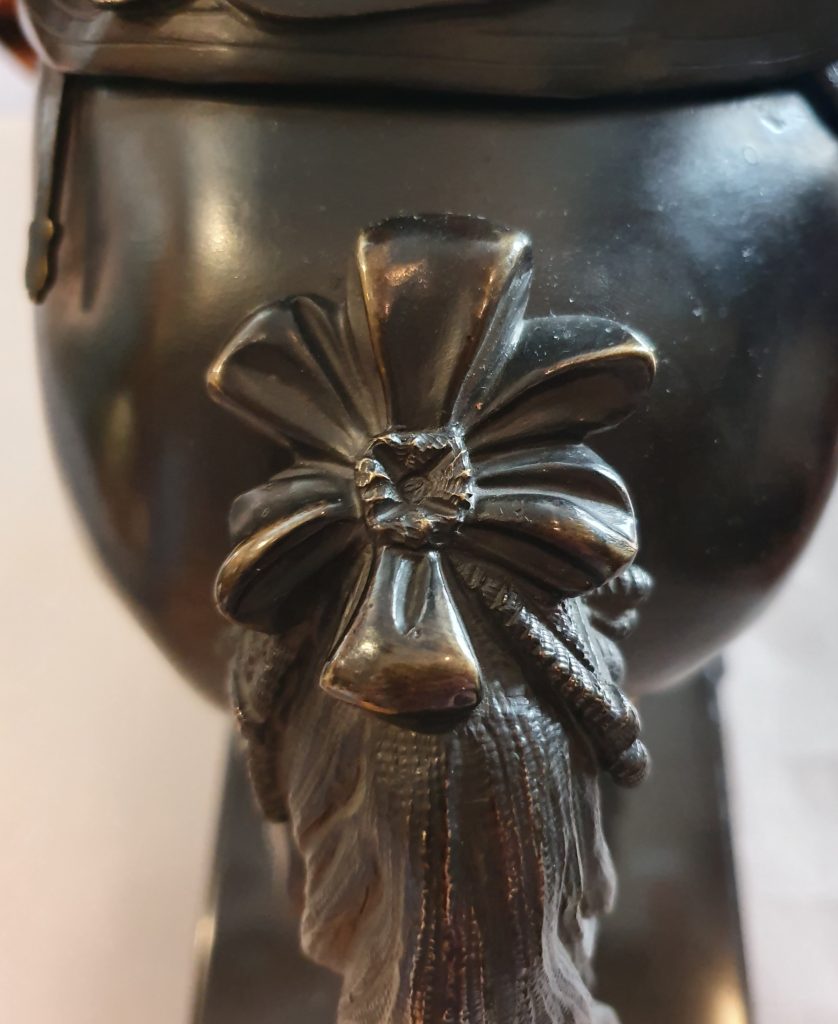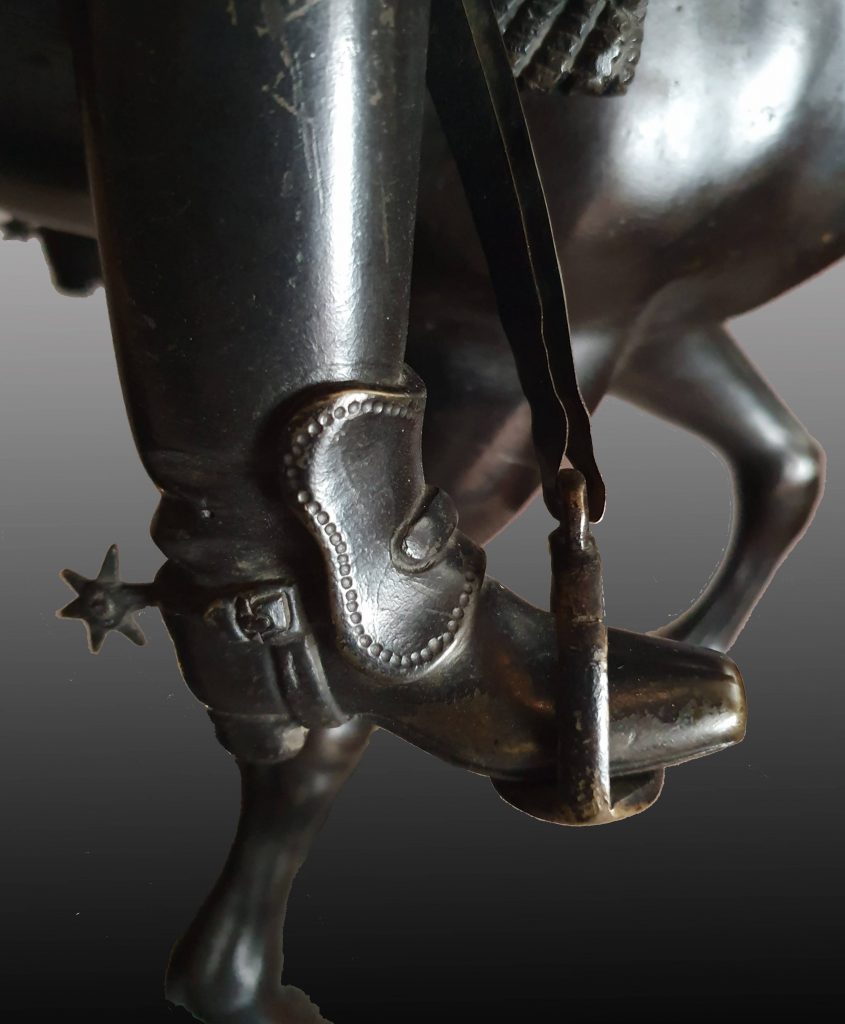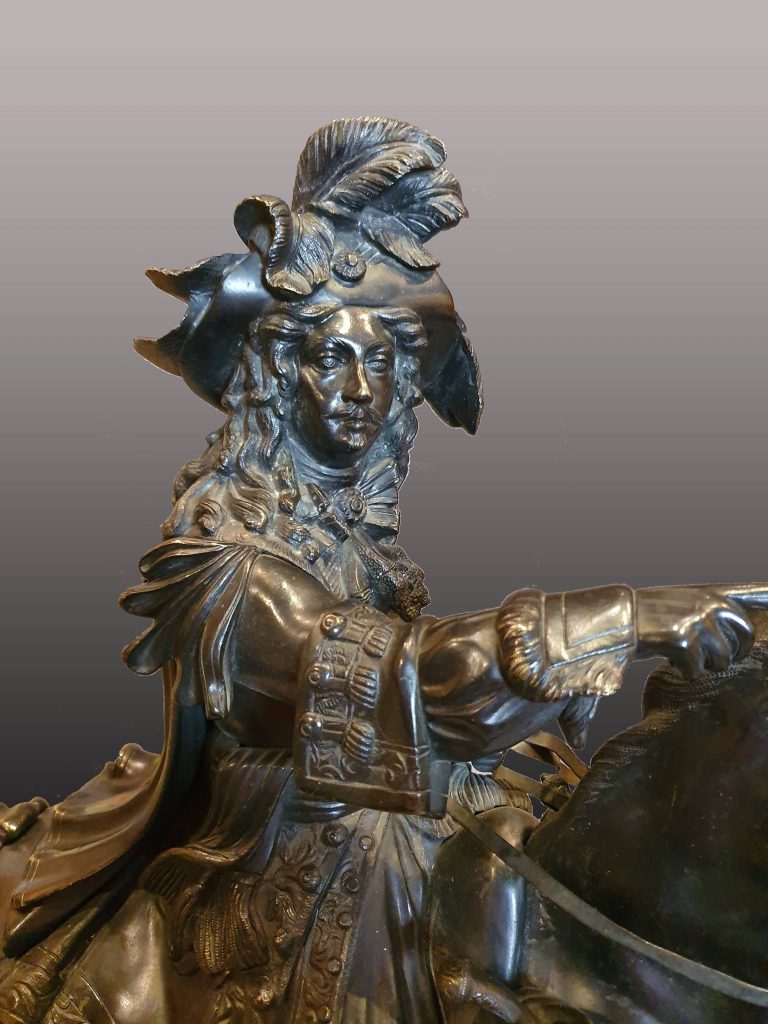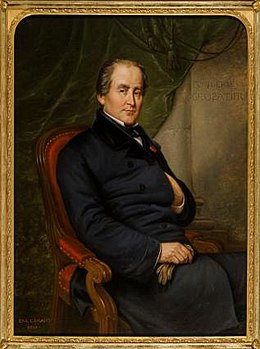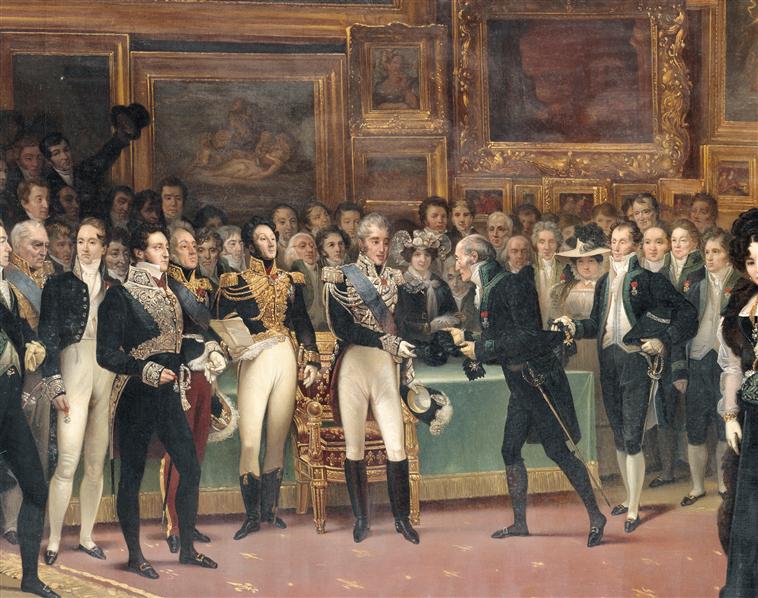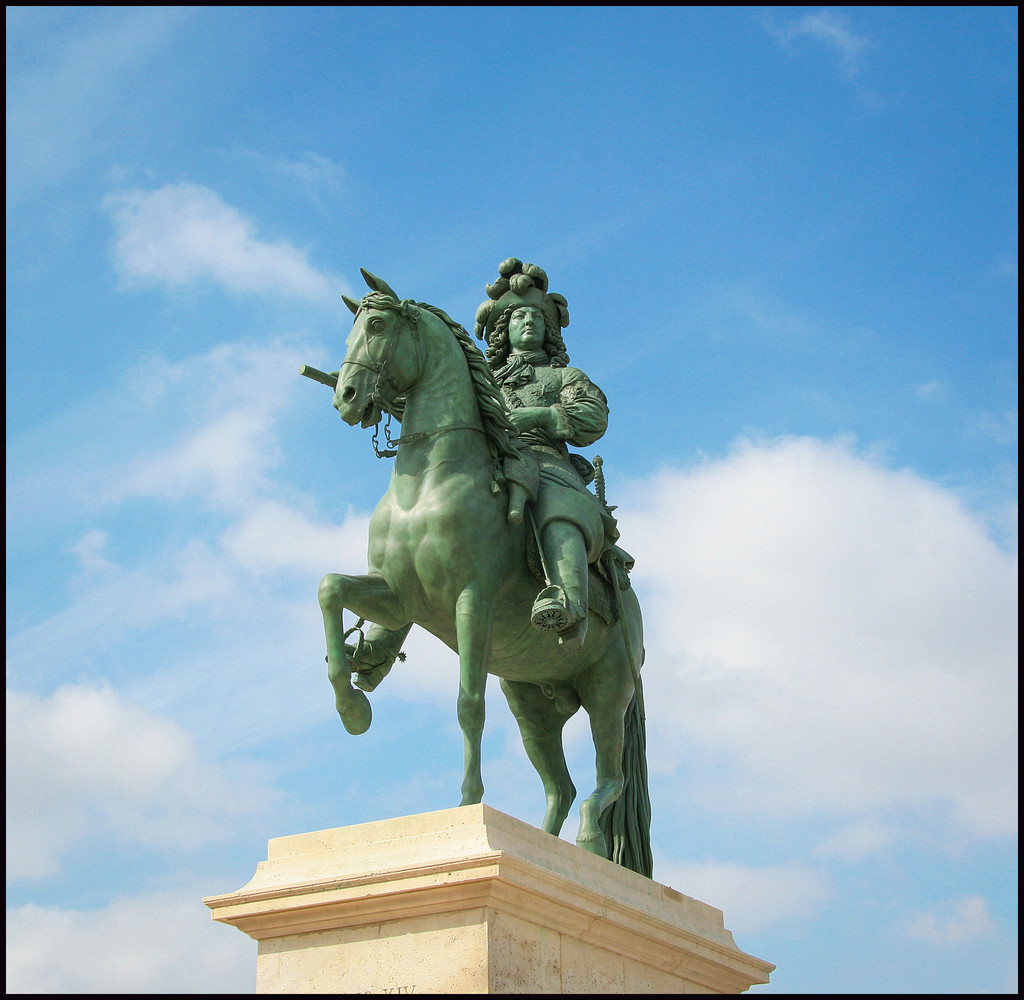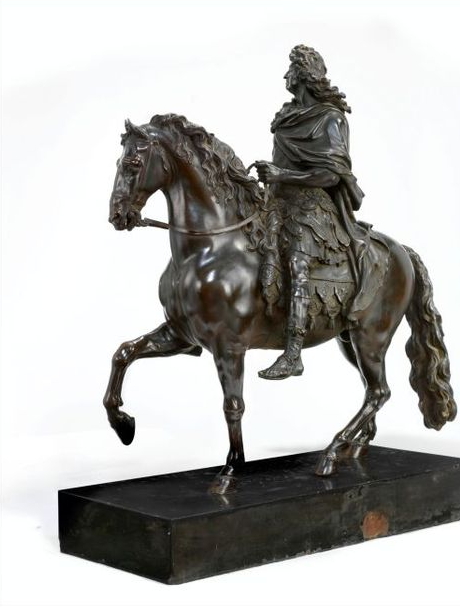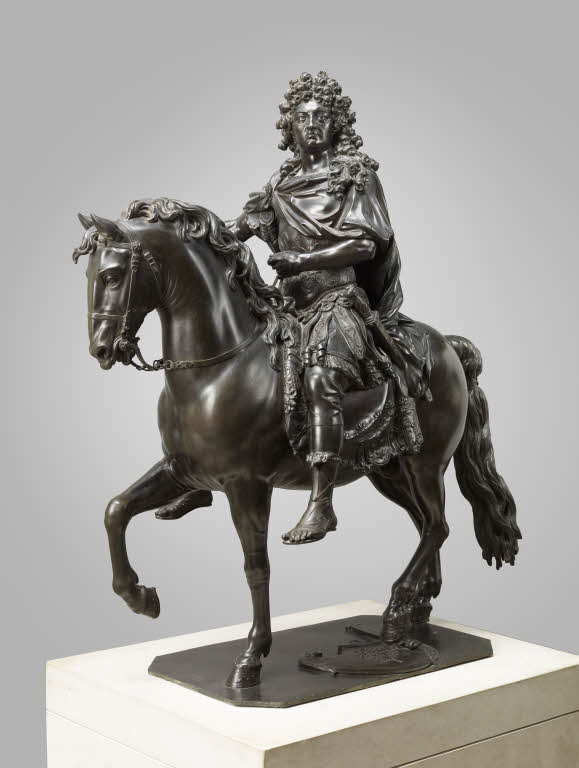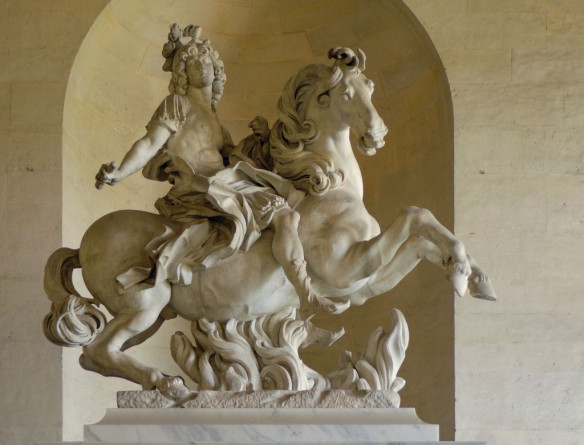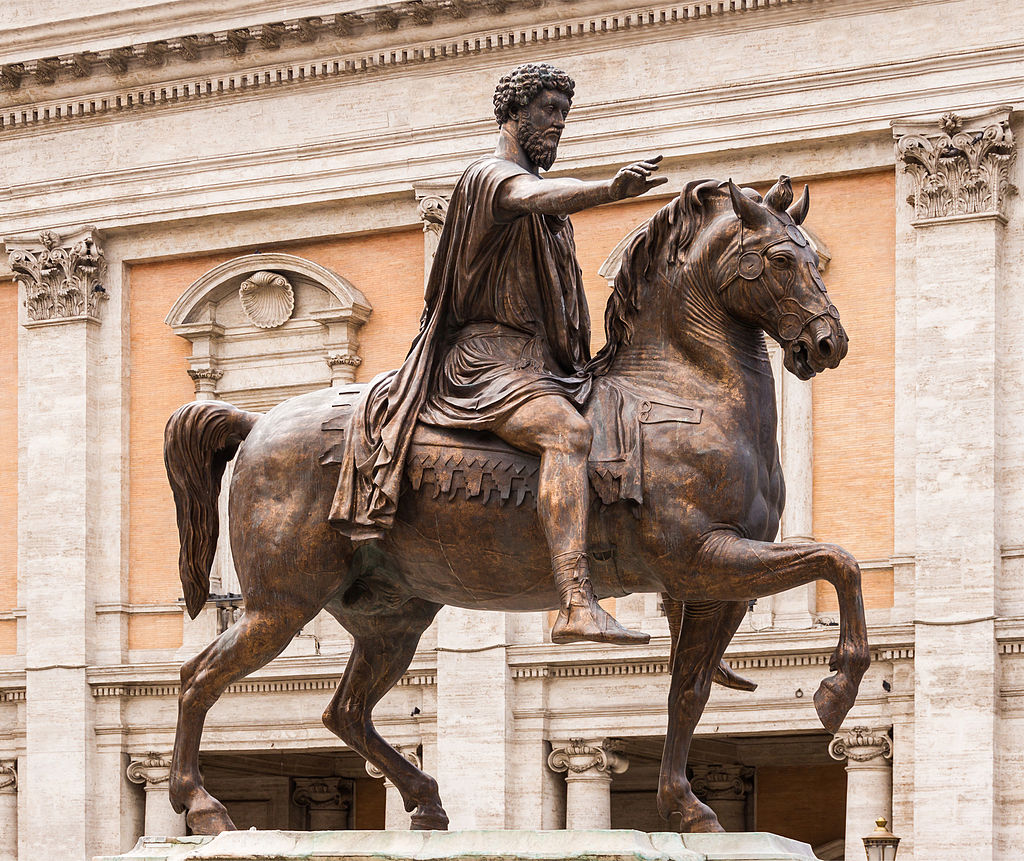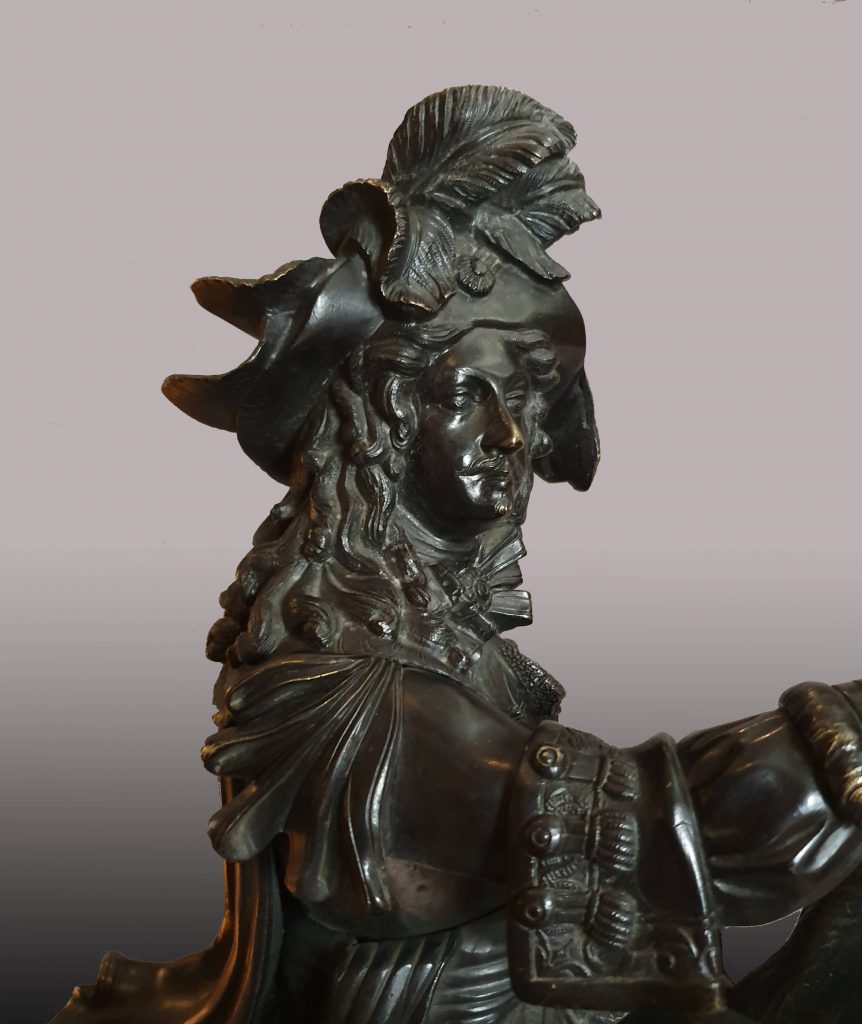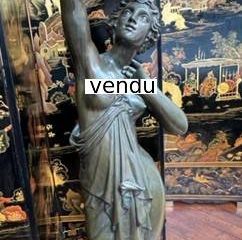
« La première tribune du monde, c’est la selle d’un cheval » Lamartine
La représentation équestre du prince est extrêmement ancienne puisque déjà avérée à l’Antiquité.
La célèbre effigie de bronze de Marc Aurèle (121-180) du Capitole à Rome sera le modèle par excellence. Connue dans tout l’Occident par d’innombrables modèles réduits, elle inspirera nombre d’artistes.
Les premiers projets sont initiés en France avec François Ier qui a chargé le Primatice de faire un moulage en bronze du Marc Aurèle romain. Catherine de Médicis envisage Michel-Ange pour statufier son mari Henri II tué dans un tournoi. Son élève Daniel de Volterra fera le cheval de bronze, et le roi sera laissé de côté, jusqu’à ce qu’on remette en selle Louis XIII sur la monture abandonnée trois quarts de siècle auparavant, par son auteur et les commanditaires. La statue d’Henri IV est la première érigée sur la place publique et la dernière où le roi porte la vêture de son temps. Une longue série est ainsi entamée, qui s’étoffera surtout dans les années 1680 à 1700 et dont l’apothéose reste sûrement le monument à Louis XIV de Girardon érigé place des Victoires à Paris en 1699
La manière de montrer le roi cavalier évolue donc en fonction du pouvoir. Avec le règne de Louis XIV, l’Etat absolu s’affirme. Le cheval est donc bien le miroir de la politique du souverain : de sa politique belliqueuse, donc extérieure, intérieure, institutionnelle et culturelle.
Le roi à cheval adopte principalement deux allures: une allure calme : le cheval a l’un de ses antérieurs relevé et le postérieur diagonal détaché du sol, on l’appelle « le passage », cette allure majestueuse est une position élégante. La seconde est « la levade », plus vive, le cheval soulève ses antérieures en se tenant presque assis sur ses postérieurs. Elle symbolise la charge, elle évoque l’héroïsme du souverain, même si celui-ci ne charge jamais.
Assis sur son cheval, Louis XIV symbolise l’autorité militaire en brandissant le bâton de commandement, amplification d’un geste qui dirige une arme, il incarne ainsi la puissance.
La guerre est la grande affaire des princes et des rois au XVIIe siècle, mais durant la seconde moitié du siècle, le roi ne mène plus ses troupes au combat. Depuis la captivité de François Ier à Pavie, le roi est loin des théâtres d’opération militaires, cependant en grand communiquant Louis XIV invente l’héroïsme royal « en image ».
Cette sculpture est un modèle réduit de la statue équestre en bronze de Louis XIV située sur la place d’Armes devant le château de Versailles.
Dessinée par Pierre Cartellier, elle était inachevée à sa mort en 1831, seul le cheval initialement dessiné pour une statue équestre de Louis XV commandée en 1816 par Louis XVIII pour la place de la Concorde ( non réalisée) était achevé. Louis XIV est l’œuvre de Louis Petitot, le tout sera fondu en bronze par Charles Crozatier en 1838 qui exécutera certains modèles réduits.
Pierre Cartellier, ( 1757 – 1831) orfèvre et sculpteur, professeur à l’école des beaux-arts de Paris, membre de l’institut. Louis XVIII le charge de réaliser la statue équestre de Louis XIV pour célébrer la restauration des Bourbon.
Louis Messidor Lebon Petitot dit Louis Petitot ( 1794-1862), fils du sculpteur Pierre Petitot, élève de Pierre Cartellier dont il deviendra le gendre. Prix de Rome en 1814, il réside à la villa Médicis de 1815 à 1819.
Charles Crozatier ( 1795 – 1855), bronzier d’art est un disciple de Pierre Cartellier, il est en même temps que Louis Petitot à Rome d’où il rapporte quantité de moulages. Etabli au Puy en Velay, il découvre plusieurs procédés pour améliorer les moules, c’est ainsi qu’il est chargé d’exécuter des fontes monumentales.
Les statues équestres de Louis XIV animent les places des grandes villes françaises comme Lyon, Rennes, Dijon, Bordeaux, Montpellier.
Les statues équestres de Louis XIV
Statue équestre de Louis XIV sous les traits de Marcus Curtius par Le Bernin et re-sculptée par F. Girardon. Achevée en 1677
Statue équestre de Louis XIV par Martin Desjardins pour la place des Victoires à Paris en 1679
Statue équestre de Louis XIV par François Girardon pour la place Louis le Grand (actuelle place Vendôme) en 1685
Statue équestre de Louis XIV par Antoine Coysevox pour la place du Parlement à Rennes 1690
Statue équestre de Louis XIV par Martin Desjardins pour la place Bellecour à Lyon livrée en 1713

